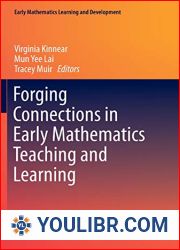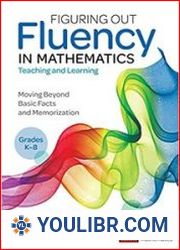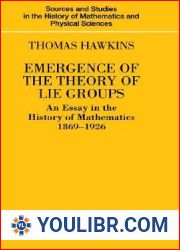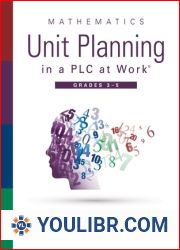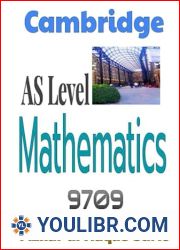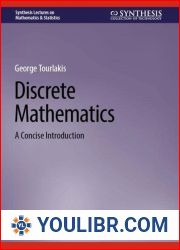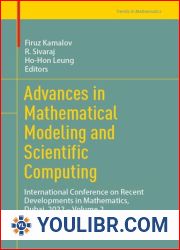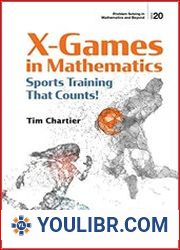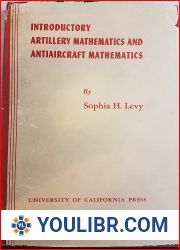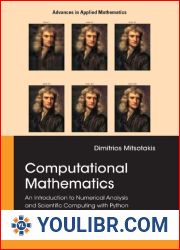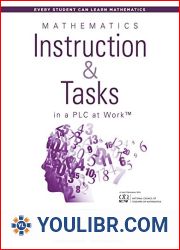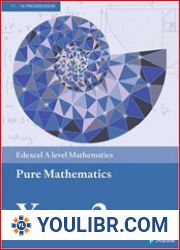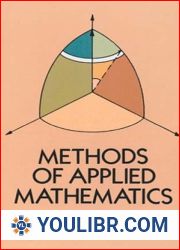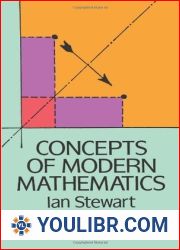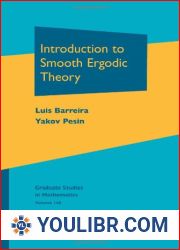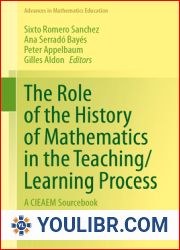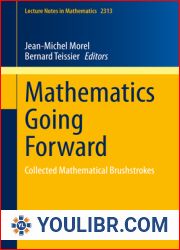
BOOKS - Practical Mathematics for AI and Deep Learning: A Concise yet In-Depth Guide ...

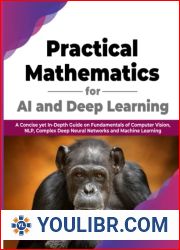
US $8.57

55017

55017
Practical Mathematics for AI and Deep Learning: A Concise yet In-Depth Guide on Fundamentals of Computer Vision, NLP, Complex Deep Neural Networks and Machine Learning (English Edition)
Author: Tamoghna Ghosh
Year: December 30, 2022
Format: PDF
File size: PDF 20 MB
Language: English
Year: December 30, 2022
Format: PDF
File size: PDF 20 MB
Language: English
Mathematical Codebook to Navigate Through the Fast-changing AI Landscape Key Features ? Access to industry-recognized AI methodology and deep learning mathematics with simple-to-understand examples. ? Encompasses MDP Modeling, the Bellman Equation, Auto-regressive Models, BERT, and Transformers. ? Detailed, line-by-line diagrams of algorithms, and the mathematical computations they perform. Description To construct a system that may be referred to as having 'Artificial Intelligence,' it is important to develop the capacity to design algorithms capable of performing data-based automated decision-making in conditions of uncertainty. Now, to accomplish this goal, one needs to have an in-depth understanding of the more sophisticated components of linear algebra, vector calculus, probability, and statistics. This book walks you through every mathematical algorithm, as well as its architecture, its operation, and its design so that you can understand how any artificial intelligence system operates.This book will teach you the common terminologies used in artificial intelligence such as models, data, parameters of models, and dependent and independent variables. The Bayesian linear regression, the Gaussian mixture model, the stochastic gradient descent, and the backpropagation algorithms are explored with implementation beginning from scratch. The vast majority of the sophisticated mathematics required for complicated AI computations such as autoregressive models, cycle GANs, and CNN optimization are explained and compared.You will acquire knowledge that extends beyond mathematics while reading this book. Specifically, you will become familiar with numerous AI training methods, various NLP tasks, and the process of reducing the dimensionality of data. What you will learn ? Learn to think like a professional data scientist by picking the best-performing AI algorithms. ? Expand your mathematical horizons to include the most cutting-edge AI methods. ? Learn about Transformer Networks, improving CNN performance, dimensionality reduction, and generative models. ? Explore several neural network designs as a starting point for constructing your own NLP and Computer Vision architecture. ? Create specialized loss functions and tailor-made AI algorithms for a given business application. Who this book is for Everyone interested in artificial intelligence and its computational foundations, including machine learning, data science, deep learning, computer vision, and natural language processing (NLP), both researchers and professionals, will find this book to be an excellent companion. This book can be useful as a quick reference for practitioners who already use a variety of mathematical topics but do not completely understand the underlying principles. Table of Contents 1. Overview of AI 2. Linear Algebra 3. Vector Calculus 4. Basic Statistics and Probability Theory 5. Statistics Inference and Applications 6. Neural Networks 7. Clustering 8. Dimensionality Reduction 9. Computer Vision 10. Sequence Learning Models 11. Natural Language Processing 12. Generative Models










